Why you can trust Sunlight Media
- Expertise and Experience:Our content is crafted by seasoned professionals with extensive experience in digital marketing, ensuring you receive accurate and actionable advice.
- Unbiased Information:We provide impartial insights and recommendations based solely on what's best for your business, without any hidden agendas or promotions.
- Thorough Research:Our articles are backed by comprehensive research and the latest industry trends, ensuring you stay informed with reliable and up-to-date information.
- Transparency and Honesty:We believe in complete transparency. We disclose our sources, methodologies, and any potential conflicts of interest, so you can trust the integrity of our content.
- Continuous Improvement:We constantly review and update our content to reflect the latest developments in digital marketing, so you always have access to the most current and relevant information.

In today’s rapidly evolving digital landscape, mobile app development is crucial for businesses seeking to maintain a competitive edge. How do you decide between native vs hybrid apps? This decision can have a significant impact on your app’s performance, user experience, and overall success. With an abundance of options available, it’s essential to make an informed choice that caters to your users’ needs and expectations.
In this comprehensive comparison, we’ll delve into the similarities and differences between native vs hybrid mobile apps in 2023. From performance and user experience to development costs and real-world examples, we’ll provide the insights you need to make the best decision for your business or project.
Short Summary
- Native and hybrid apps offer distinct advantages when developing for mobile devices, including performance, user experience & access to device features.
- Weigh the cost of production, time consumption & budget constraints when deciding between native or hybrid app development.
- Real world examples show that each type can be successful depending on project requirements.
Understanding Native and Hybrid Apps
To begin, let’s define the two types of mobile apps: native and hybrid. Native apps are software applications developed specifically for use on mobile devices, with each app designed for a specific operating system, such as iOS or Android. On the other hand, hybrid apps combine the features of both native and web apps, providing a balance between optimal performance and efficient development.
While native apps tend to offer superior performance and user experience, they require more development time and resources compared to hybrid apps. Hybrid apps, however, are easier to develop and maintain, but may face performance issues when accessed through mobile browsers.
Let’s dive deeper into the key features of each app type.
Native Apps: Definition and Key Features
A native app is a smartphone application specifically designed for a particular mobile operating system, such as iOS or Android. Native apps are known for providing enhanced performance and access to device functions, resulting in a superior user experience. Additionally, native apps offer platform-specific optimizations, optimal security, and access to all native application programming interfaces, further enhancing the user experience.
However, native app development comes with its drawbacks. If you’re planning to make your app available on multiple devices, you’ll need to create separate apps for each platform, resulting in higher development costs and longer timeframes. Despite these challenges, the advantages of native apps often justify the additional investment.
Hybrid Apps: Definition and Key Features
Hybrid mobile apps bring together features of both native and web apps. This is reflected in its name. These apps can be installed on a device and run on a web browser, offering the advantage of code reusability across various platforms and operating systems with minimal modifications in the script. This makes hybrid apps relatively simple to develop and cost-effective, especially for small businesses or projects with tight budgets.
While hybrid apps provide a more consistent experience across platforms, they may lack platform-specific optimizations and can be prone to lagging. For example, if your app heavily relies on complex animations or precise gesture recognition, a native app might be a better choice. Nevertheless, hybrid apps remain a viable option for many projects with limited resources and tight deadlines.
Analyzing Performance: Native vs Hybrid Apps
In terms of performance, native apps generally outshine their hybrid counterparts.
Native apps are faster, more reactive, and more engaging, providing a superior user experience.
This is due to their ability to interact directly with the device’s operating system and take advantage of platform-specific optimizations.
Hybrid apps, on the other hand, can face performance issues due to factors such as the quantity of server requests and the equilibrium of load requests.
It’s essential to weigh the potential performance trade-offs when choosing between native and hybrid app development, as users expect a smooth, responsive app experience.
User Experience and Design Considerations
User experience and design play a crucial role in determining the success of your app, as 92% of all customers have reported a negative reaction to an app with a subpar user experience. In this section, we’ll explore the differences in user experience for native and hybrid apps, as well as the design considerations that can impact your app’s success.
Native apps are designed to run on a specific platform, such as iOS or Android.
Native App User Experience
Native apps offer an optimized user experience and platform-specific design, ensuring that your app feels at home on the user’s device. With greater control over the user interface, native apps enable smoother scrolling, precise swipe gesture recognition, and improved performance. Additionally, native apps have access to the device’s native features, further enhancing the user experience.
However, these benefits come at a cost, as native app development requires more time, resources, and financial investment compared to hybrid app development. Despite the higher costs, choosing a native app can lead to a more engaging and satisfying user experience, ultimately contributing to the success of your app.
Hybrid App User Experience
Hybrid apps aim to provide a uniform user experience across platforms by integrating features from both native and web apps. From a user’s perspective, hybrid apps are often indistinguishable from native apps in terms of appearance and usability. They can be accessed and downloaded in the same way as native apps, and are designed to provide a seamless, engaging, and intuitive user experience.
However, hybrid apps may not have the same level of platform-specific optimizations as native apps, which can result in a less seamless user experience. As a result, it’s essential to carefully consider the potential user experience trade-offs when choosing between native and hybrid app development.
Development Costs and Timeframes
Considering the development costs and timeframes is crucial when deciding between native and hybrid app development. In this section, we’ll examine the costs and time requirements associated with native and hybrid apps, providing a clearer understanding of the investment needed for each app type.
Native apps require more time and money to develop than hybrid apps. They must be developed separately.
Native App Development Costs and Time
Native app development generally requires a higher investment and longer development time compared to hybrid app development. The costs for native apps can vary greatly, ranging from $30,000 to over $400,000, depending on the complexity, features, and type of application. Factors that impact the cost of native app development include the complexity, features, and type of application.
Although native app development can be more expensive and time-consuming, the resulting superior performance, user experience, and access to device capabilities often justify the additional investment for businesses seeking a high-quality app.
Hybrid App Development Costs and Time
Hybrid app development is typically more expedient and cost-efficient compared to native app development. This makes hybrid apps an attractive option for small businesses or projects on a tight budget. While hybrid apps may not offer the same level of performance and user experience as native apps, they can still provide a satisfactory experience for users, making them a viable choice for many projects.
When choosing between native and hybrid app development, it’s essential to weigh the costs and timeframes against your project’s specific requirements and objectives. This will ensure that you make the best decision for your business or project.
Accessibility and Discoverability: App Stores and Web Browsers
Accessibility and discoverability are critical factors to consider when developing a mobile app. Native and hybrid apps are accessible in the app store and can be utilized through web browsers, making them easily discoverable and accessible for users.
Native apps, in particular, have greater discoverability due to their presence on app stores, which contributes to increased mobile app downloads.
However, mobile web apps face accessibility drawbacks, as users must navigate a multi-step access process, beginning with opening the browser on their mobile device and then locating the web app.
Web apps have a limited customer reach. They require an internet connection from the user in order to use them.
Considering these factors, native and hybrid apps offer better accessibility and discoverability compared to web apps.
Cross-Platform Compatibility and Maintenance

Native apps are developed specifically for a particular platform, such as iOS or Android, and may require separate development efforts for each platform. This can result in increased development costs and timeframes.
Hybrid apps, on the other hand, offer the advantage of code reusability across multiple platforms and operating systems with minimal modifications in the script.
This can save time and money, facilitate the development and deployment of new features, and enable platform-agnostic bug fixes.
Considering the cross-platform compatibility and maintenance challenges, it’s essential to weigh these factors when choosing between native and hybrid app development.
Real-World Examples: Successful Native and Hybrid Apps
To better understand the advantages of native and hybrid apps, let’s take a look at some real-world examples. Successful native apps include Instagram, Snapchat, and Uber.
These apps showcase the impressive performance, user experience, and platform-specific optimizations that native apps can offer.
On the other hand, popular hybrid apps like Twitter, LinkedIn, and Pinterest demonstrate the cost-effectiveness and cross-platform compatibility of hybrid app development.
These examples illustrate that both native and hybrid apps can achieve success, depending on the specific requirements and objectives of the project.
Factors to Consider When Choosing Between Native and Hybrid Apps
In conclusion, there are several factors to consider when choosing between native and hybrid app development. These factors include performance, cost of production, time consumption, and testing procedures.
It’s important to determine which option is best suited for your needs, taking into account your project’s specific requirements, budget constraints, and desired user experience.
If your project requires a high level of performance, seamless user experience, and access to device features, a native app may be the best choice.
However, if you’re working with a limited budget or need to develop an app quickly, a hybrid app may be more suitable. By carefully considering these factors, you’ll be well-equipped to make the best decision for your business or project.
Summary
Throughout this comprehensive comparison, we’ve explored the key differences between native and hybrid mobile apps in 2023, providing insights to help you make the best decision for your business or project. Native apps offer superior performance, user experience, and access to device capabilities, but come with higher development costs and longer timeframes. Hybrid apps, on the other hand, are easier to develop and maintain, but may face performance issues and lack platform-specific optimizations.
Ultimately, the choice between native and hybrid app development depends on your project’s specific requirements, budget constraints, and desired user experience. By carefully considering these factors and weighing the advantages and disadvantages of each app type, you can make an informed decision that will set your app up for success in the competitive mobile app market.
Frequently Asked Questions
What is the difference between native and hybrid?
Native apps are specifically designed to run on a particular operating system, while hybrid apps are built for all operating systems and share the same codebase. Both can be installed through app stores and provide varying levels of performance.
Is native better than hybrid?
Native apps offer the most optimal user experience and incur lower development costs, making them a better option than hybrid apps.
Is Netflix native or hybrid?

This allows the company to provide a better user experience and take advantage of the unique features of each platform. It also allows them to quickly respond to changes in the market.
Is Amazon native or hybrid?
Amazon is a hybrid app powered by HTML5, designed for the Android operating system. It offers a great user interface, making it an attractive and engaging experience for users.
How do development costs and timeframes compare between native and hybrid apps?
Native app development tends to be more expensive and time-consuming, whereas hybrid app development is generally faster and cost-effective.
What are the leading frameworks or tools for developing hybrid apps in 2023?
In 2023, the landscape of mobile app development has seen significant evolution, especially when it comes to frameworks and tools for creating hybrid or web apps. Hybrid apps, as a middle ground between native mobile apps and web applications, are designed to run on multiple operating systems without the need for separate codebases for each. This cross-platform capability provides developers with a streamlined approach to reach broader audiences, compared to native mobile apps which require distinct coding for different platforms like Android and iOS.
The leading frameworks for hybrid app development have increasingly focused on providing a near-native experience, despite being engineered for multiple operating systems. Tools like React Native, Flutter, and Ionic have grown in popularity, each offering its own advantages in bridging the gap between native performance and hybrid flexibility. With these advanced frameworks, hybrid or web apps can access device features and offer a user experience that closely mirrors that of native mobile apps, making the choice between native and hybrid more a matter of strategic intent rather than a compromise on quality or functionality.
How do native and hybrid apps compare in terms of ease of maintenance and updates?
In the rapidly evolving digital landscape of 2023, ensuring that mobile applications remain updated and well-maintained is a primary concern for developers and businesses alike. Hybrid or web apps have risen in popularity, in part, due to their ease of maintenance. With hybrid applications, developers have the advantage of maintaining a single codebase, which makes rolling out updates more streamlined and consistent across various platforms. Additionally, the latest hybrid app development frameworks have been designed with ease-of-use in mind, providing tools and features that facilitate more efficient debugging, testing, and updating processes. This means that any changes, be it feature enhancements or bug fixes, can be pushed to all platforms simultaneously, eliminating the need for platform-specific modifications.
On the other hand, native applications require separate updates for each platform they are available on, be it iOS, Android, or others. This could mean longer development cycles, as updates must be customized to fit the unique requirements and guidelines of each operating system. However, it’s worth noting that native applications can sometimes offer a deeper level of integration and optimization with device hardware, which might result in a more polished user experience. Still, the streamlined update process and the cost-effective maintenance solutions provided by hybrid applications make them a compelling choice for many businesses looking to maintain a consistent and up-to-date mobile presence.
What are the security implications of choosing native over hybrid, or vice versa, in 2023?
In the realm of app development, security is paramount, especially when considering the framework upon which to build. Native Android apps have always been touted for their robust security features. Since they are developed specifically for a platform, they often have better integration with device hardware and software capabilities. This means that any security measures implemented by the device’s operating system can be fully utilized and enhanced by the native apps, leading to a more secure environment for users. Additionally, the very process of getting an app approved on official platforms like the Google Play Store comes with its own set of stringent security checks that the apps must pass.
On the other hand, hybrid or web apps have seen significant evolution in their security capabilities. As more businesses opt for these to save on the costs and time associated with an app development project, the tools and frameworks used to develop hybrid apps have ramped up their security features. However, since these apps are designed to be platform-agnostic, they sometimes might not fully leverage platform-specific security enhancements. Despite this, the advantage of hybrid apps lies in their ability to receive quick and centralized updates, ensuring that any vulnerabilities can be patched across all platforms simultaneously. It’s essential to weigh the specific needs and security requirements of your project when deciding between native and hybrid.
Do native and hybrid apps have different requirements in terms of app store submissions and approvals?
In the evolving landscape of mobile application development, both hybrid or web apps and their native counterparts have distinct pathways when it comes to app store submissions and approvals. For hybrid or web apps, since they are often designed to work on multiple browsers, the app developer needs to ensure compatibility across these platforms while adhering to the guidelines of different app stores. This is due to the fact that hybrid apps function as a combination of native device features and components rendered through an internet browser. Consequently, a challenge arises when ensuring that every browser-based feature adheres to the varying store guidelines, as well as performs consistently across different devices.
On the other hand, native apps, built specifically for a particular operating system, largely harness the native device features, offering a more consistent and optimized performance. The app developer, in this scenario, primarily focuses on the guidelines set by one specific platform’s app store, be it Apple’s App Store or Google’s Play Store. The process, while streamlined in terms of targeted platform-specific guidelines, requires a keen understanding of the native features and how they interact with the device’s hardware. This ensures the native apps’ optimal functionality and a smoother approval process, given the app developer’s adherence to set standards.
With the rise of augmented reality (AR) and virtual reality (VR) experiences on mobile devices, which type of app – native or hybrid – is better equipped to handle these immersive experiences?
In recent years, augmented reality (AR) and virtual reality (VR) have transitioned from niche experiences to being frequently embedded within web pages, offering users interactive and immersive experiences directly on their mobile devices. As this digital realm continues to evolve, there’s a significant emphasis on the kind of mobile app development that best supports such transformative experiences. Native development stands out in this comparison, mainly because it allows direct access to device hardware and offers more fluidity, making the integration of AR and VR smoother and more responsive.
When users interact with AR or VR on web pages within a mobile application, the responsiveness, accuracy, and real-time rendering are paramount for maintaining immersion. Hybrid apps, which often function as a bridge between web content and mobile device capabilities, might introduce latency or limitations, potentially hindering the immersive experience. On the other hand, native development, tailored to the specific operating system and hardware of a device, ensures that the AR or VR elements are seamlessly integrated, responsive, and as real-time as possible. This distinction becomes crucial as more users expect high-quality AR and VR experiences as a standard feature on mobile apps.

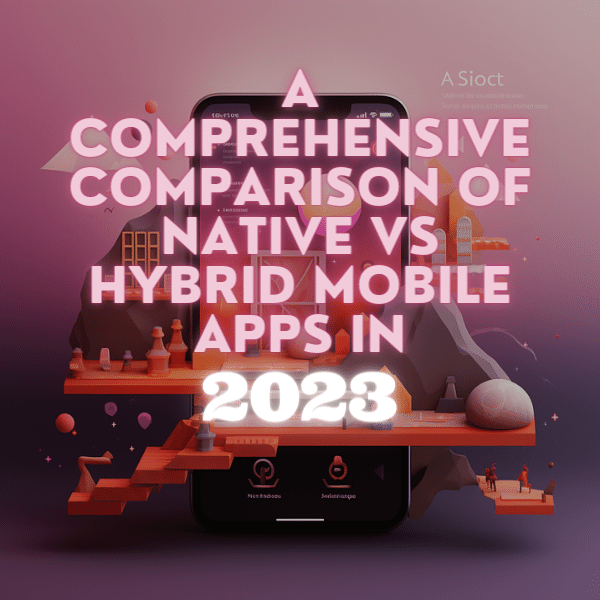

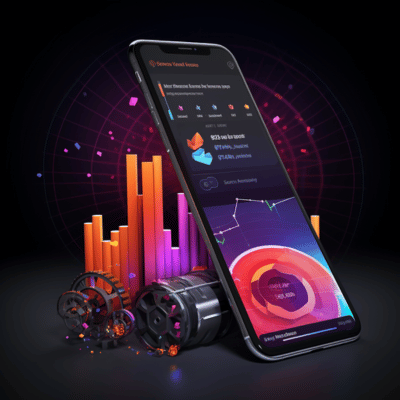
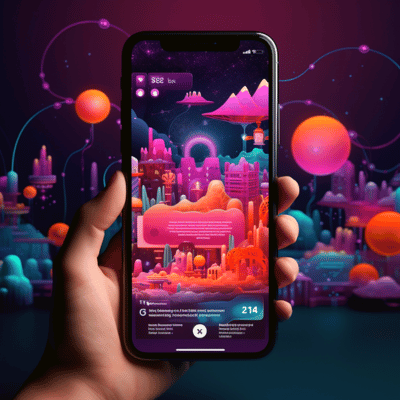

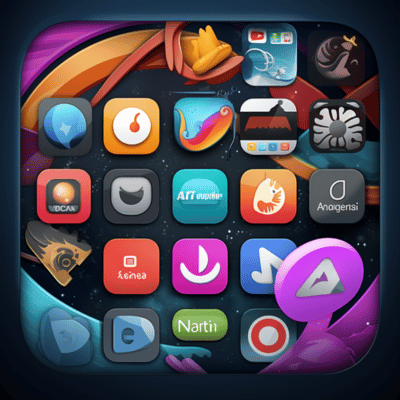





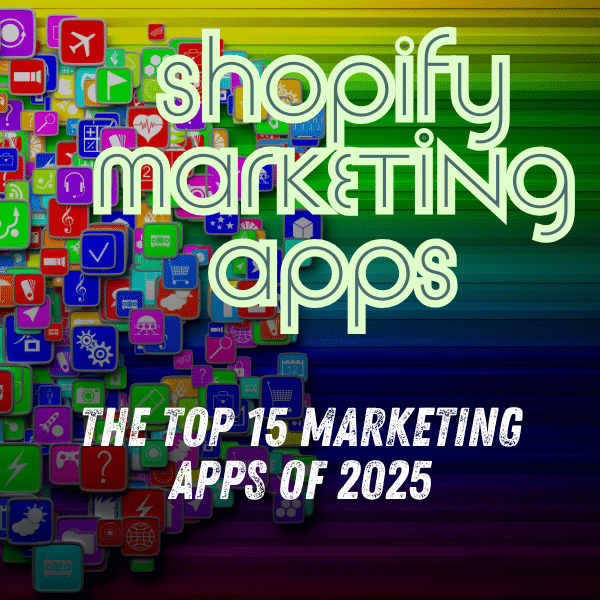
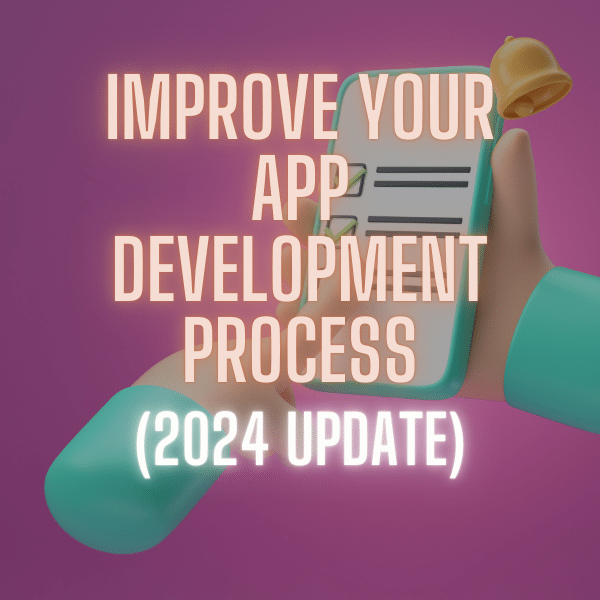









3 Comments
I think this post proved that your are my best friend
Thanks for the feedback friend 🙂
Very useful information regarding app development!